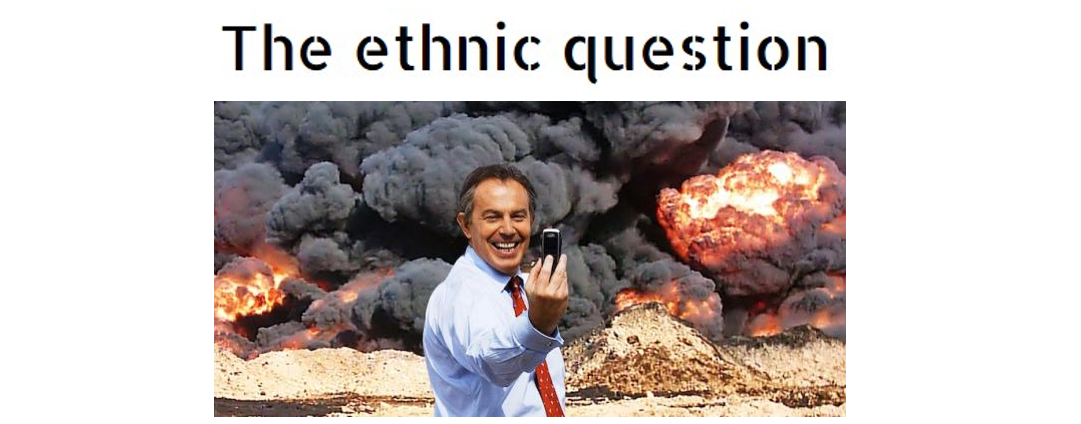ABC News article Timeline:
A century of conflict in Yemen outlines the history of a country “embroiled
in conflict” for close to one hundred years. Since the decline of the Ottoman
Empire, Yemen is portrayed as a country divided between north and south, plagued
by uprisings and civil war in the name of anti-feudalism, anti-colonialism,
separatism and various other ideologies. A history of Al Qaeda attacks in the
country add to the sense of turmoil expressed throughout the timeline. Al Qaeda
in the Arabian Peninsula (AQAP) is particularly volatile, because of its technical
expertise and global reach. On top of this environment is the emergence of
a Yemeni affiliate of ISIS that seeks to eclipse AQAP.
That today’s conflict is one between Shia (Zaidi) Houthi rebels and the besieged
Sunni backed Yemeni government is to oversimplify the situation.
Iran specialist, Fatima Alsmadi, from the Al Jazeera Studies Centre made clear that the conflict in Yemen is political, not sectarian. Interviewed by Al Jazeera she stated:
Iran specialist, Fatima Alsmadi, from the Al Jazeera Studies Centre made clear that the conflict in Yemen is political, not sectarian. Interviewed by Al Jazeera she stated:
“Some Saudi media outlets tend to
portray the conflict in sectarian terms, i.e. Sunni vs Shia, in order to gain
support from the predominantly Sunni Arab population, and to lend legitimacy to
its actions. The conflict essentially remains a political one for power and
influence in the region between Iran and Saudi Arabia (and its Arab and western
allies).”
That this is not a sectarian,
ethnic, or racially driven conflict is clear in analysing the complex web of
actors involved: the Houthis, fighting for control of the Yemeni
government; the ousted Yemeni Government, with split military alignments
between ousted President Hadi and his predecessor Saleh (who now supports the
Houthis); AQAP, whose existence in Yemen precipitated a history of US Special
Forces involvement in the country; Saudi Arabia/Arab military coalition, backing
Hadi; Iran, backing Houthis; ISIS, who seek to overthrow rival AQAP; and the
USA, supporting the Saudi coalition.
If it is clear
that this is not a sectarian conflict, then why would Iraqi Prime Minister
Haider al-Abadi, be concerned that it
could help trigger a wider sectarian war in the region? Perhaps it is
easier to call a complex and volatile situation ‘sectarian’ than it is to call
it a problem of representation and legitimacy.
Rather than an intractable
religious conflict, or a ‘clash
of civilizations’, conflict in Yemen is symptomatic of a wider political problem;
being one of unequal access to power and resources. This is the underlying
factor to Yemen’s timeline of conflict: a timeline of unequal access to power
and resources.


No comments:
Post a Comment